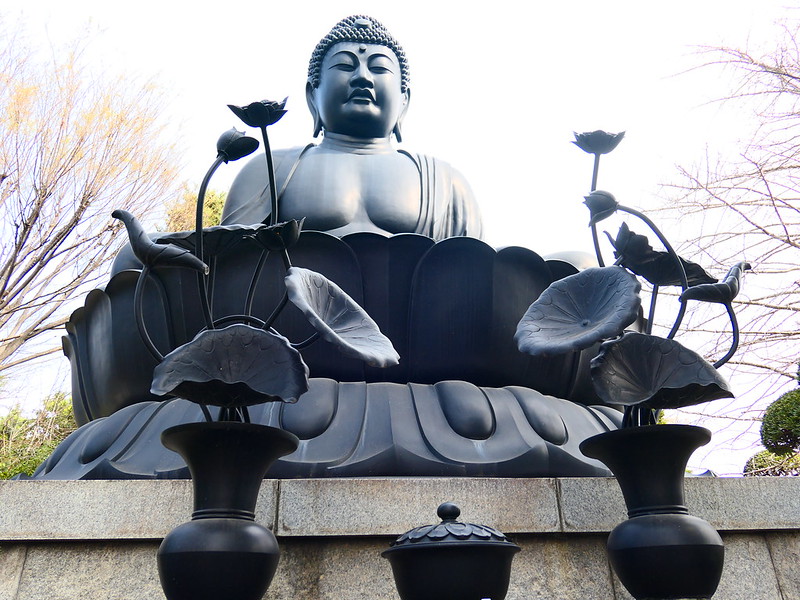
Typically when people think about a large Buddha statue, it’s typically of Kotokuin in Kamakura, Kanagawa or Todaiji Temple in Nara.
But if I was to say that Tokyo also has a large Buddha statue, some people may be surprised.
The location is at Jorenji Temple in Itabashi City and before I start, let me just say that if you want to see this temple, prepare to do some walking.

I have to say that walking to Jorenji Temple was actually pretty cool because you encounter a lot of other cool areas to visit along the way. With that being said, have your walking shoes ready and make sure that you walk when the temperature is nice and sunny. Otherwise, walking in the rain to a temple is not a great idea (and I’ve done that many times before).
Another thing, the police now asks for people to please do not bring strollers. Because you are going upward and problems and confusion have occurred and people can really take a big fall, it’s for safety precautions.


Once you arrive, you will reach the area which is gated and yes, there are some stairclimbing involved at this location!
The gate is Sanmon and you will see the Akatsukayama lettering next to the guardians.
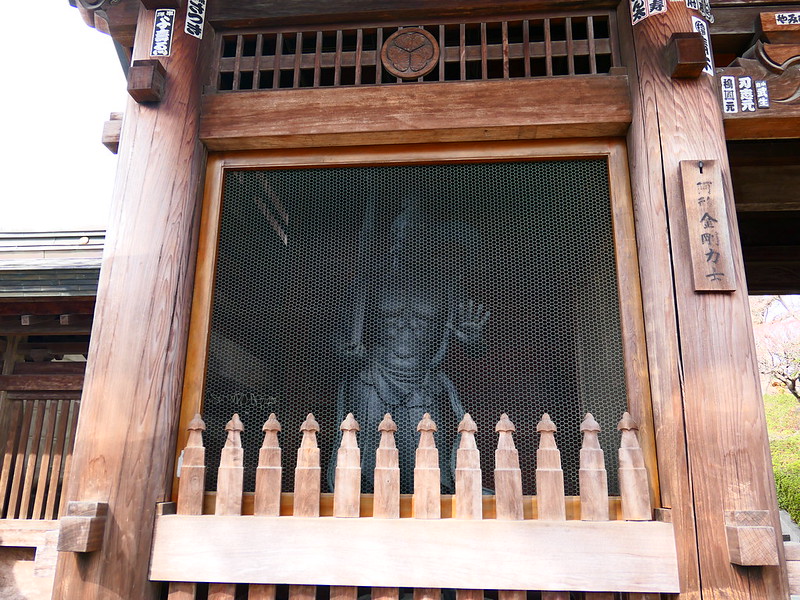

On the other side of the sanmon are the guardians, Tamonten and Komokuten.




Jorenji Temple is known as “Tokyo Daibutsu” and every year, many local residents and residents of the town of Takashimadaira visit this temple.
Around Ouei Period (1394-1428), Ryoken Mutsu was founded in Yamanaka (now known as Nakamichi, Itabashi) and in the early Edo period, he moed to Nakajuku, Itabashi to create the Sounzan Keigakuin Jorenji Temple. It would later become known as Keigakuzan Jorenji Temple.
The temple was relocated to Akatsuka, Itabashi in 1973 due to the construction of the Metropolitan Expressway.



The hondo/main temple is seen once you go past the sanmon. Really beautiful to look at!

In 1977, the Buddha statue was erected in hope that devastating earthquakes such as the Great Kanto Earthquake (1923) or the Great Tokyo Air Strike (1945) will never hit Tokyo again.
The Tokyo Buddha statue is the third largest bronze cast Daibutsu in Japan after Nara and Kamakura.
The statue was manufactured by Suikado, a Buddhist altar store in Asakusa and is 13 meters high (42 feet) and weighs 32 tons.

The Jokoro. By placing a stick of incense in the large brazier, it is believed that the smoke will bring you good luck and purify you.


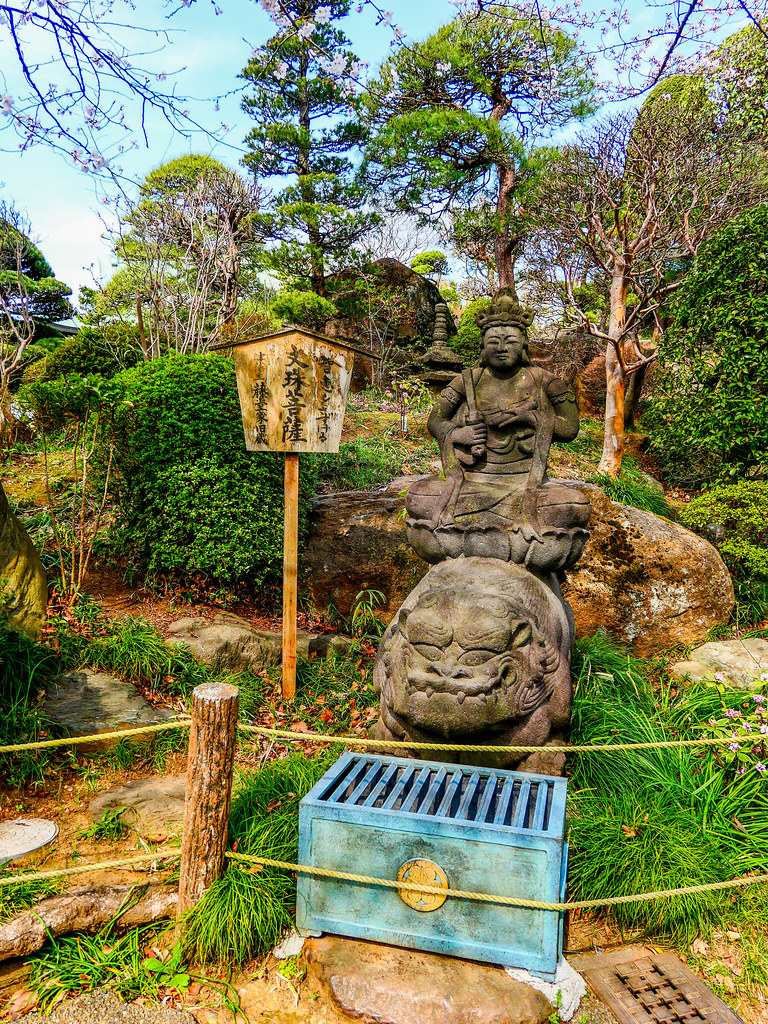
This is the Monjo Bosatsu Statue.





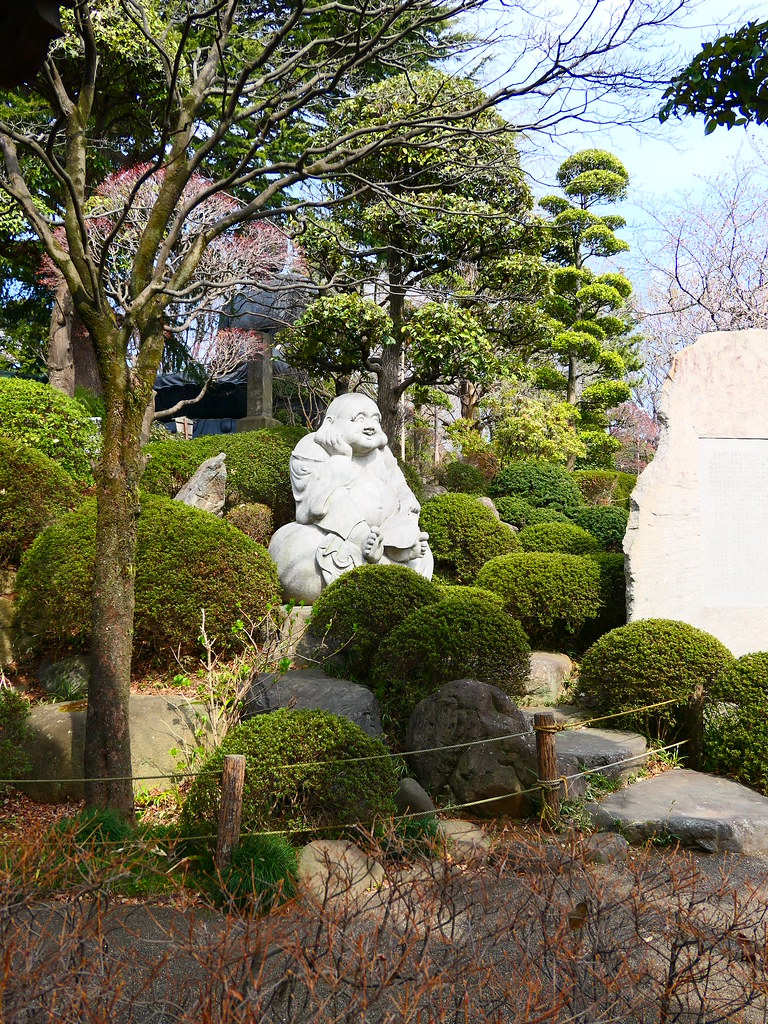

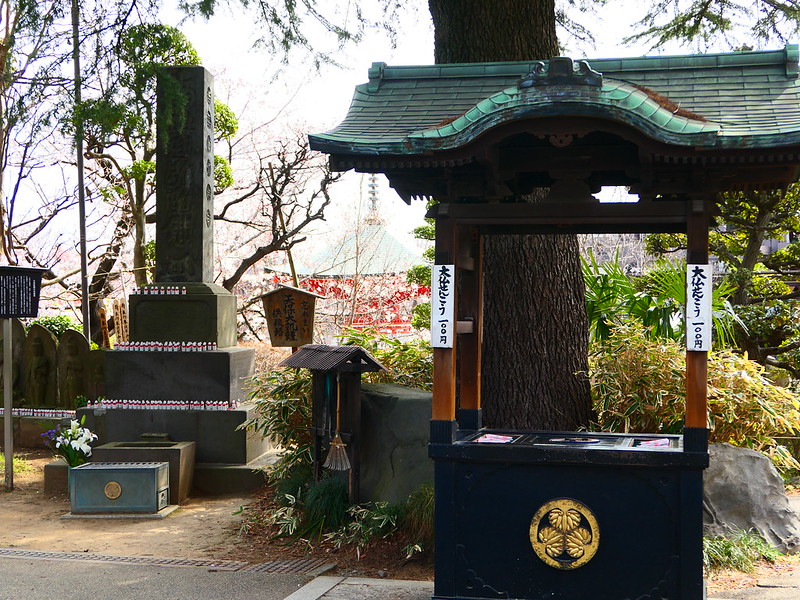

This is the Tempo Famine Memorial Tower, a memorial tower to commemorate those who died in Itabashi in the late Edo era, when the temple was located at its previous location. It is designated as a cultural property of Itabashi ward.
The area is actually quite spacious and there was more to see than what I was expecting. It’s actually a very beautiful temple to visit and I’ll explore more in part 2 for tomorrow’s blog post.
